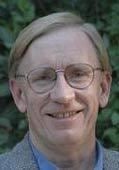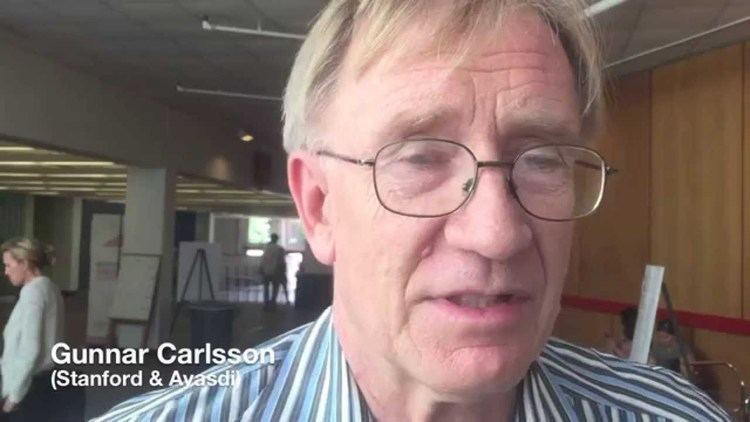Nationality Swedish American Organizations founded Ayasdi Name Gunnar Carlsson Notable students Gurjeet Singh | Role Mathematician Books McGraw-Hill Mathematics | |
 | ||
Institutions Stanford UniversityUniversity of ChicagoUniversity of California, San DiegoPrinceton University Alma mater Stanford UniversityHarvard University Doctoral advisor R. James (Richard) Milgram Doctoral students Henry AdamsTyler LawsonJohn RognesGurjeet SinghDev SinhaReza Zadeh Similar People Afra J Zomorodian, Vin de Silva, Leonidas J Guibas, Muthu Alagappan, Robert Ghrist | ||
Gunnar carlsson the shape of data darpa wait what
Gunnar E. Carlsson (born August 22, 1952) is a Swedish-born American mathematician, working in Algebraic Topology. He is known for his work on Segal's Burnside Ring conjecture, and for his work on applied algebraic topology, especially Topological Data Analysis. He is a Professor Emeritus in the Department of Mathematics at Stanford University.
Contents
- Gunnar carlsson the shape of data darpa wait what
- Gunnar carlsson on the shape of data
- Life
- Work
- Equivariant methods in homotopy theory
- Algebraic K theory
- Applied and computational topology
- References

Gunnar carlsson on the shape of data
Life
Carlsson was born in Sweden and was educated in the United States. He graduated from Redwood High School (Larkspur, California) in 1969. He received a Ph.D. from Stanford University in 1976, with a dissertation written under the supervision of R. J. Milgram. He was a Dickson Assistant Professor at the University of Chicago (1976-1978) and Professor at the University of California, San Diego (1978–86), Princeton University (1986-1991), and Stanford University (1991–2015) where he held the Anne and Bill Swindells Professorship. He is co-founder of Ayasdi.
He has been an Ordway Visiting Professor at the University of Minnesota and held a Sloan Foundation Research Fellowship 1984-86. He has delivered an invited address at the International Congress of Mathematicians in Berkeley, California (1986); a plenary address at the annual meeting of the American Mathematical Society (1984); the Whittaker Colloquium at the University of Edinburgh (2011); the Rademacher Lectures at the University of Pennsylvania (2011); and an invited plenary address at the annual meeting of the Society of Industrial and Applied Mathematics (2012). He was elected as a member of the 2017 class of Fellows of the American Mathematical Society "for contributions to algebraic topology, particularly equivariant stable homotopy theory, algebraic K-theory, and applied algebraic topology".
Work
Carlsson’s work within topology encompasses three areas.
Equivariant methods in homotopy theory
Segal’s Burnside conjecture provides a description of the stable cohomotopy theory of the classifying space of a finite group. It is the analogue for cohomotopy of the work of Michael Atiyah and Graeme Segal on the K-theory of these classifying spaces. Building on earlier work by J.F. Adams, J.H.C. Gunawardena, H. Miller, J.P. May, J. McClure, and G. Lewis, Carlsson proved this conjecture in 1982. He also adapted the techniques to provide a proof of Sullivan's fixed point conjecture, which was also proved simultaneously and independently by H. Miller and J. Lannes.
Algebraic K-theory
Algebraic K-theory is a topological construction that assigns spaces (ultimately spectra) to rings, schemes, and other non-topological input. It has connections with important questions in high-dimensional topology, notably the conjectures of Novikov and Borel. Carlsson has proved, jointly with E. Pedersen and B. Goldfarb Novikov’s conjecture for large classes of groups.
Applied and computational topology
Carlsson has worked in computational topology, especially as it applies to the analysis of high dimensional and complex data sets. In collaboration with others, he has demonstrated the utility of both persistent homology and the Mapper methodology in a series of papers. This work is central to the development of tools by Ayasdi, Inc, for analyzing massive and complex data sets across multiple application domains.
